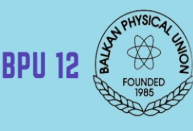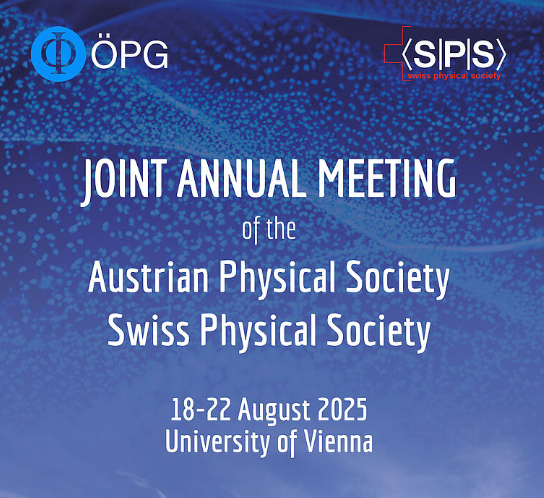https://doi.org/10.1051/epjconf/20134202005
A dispersive optical model potential for nucleon induced reactions on 238U and 232Th nuclei with full coupling
1 Departamento de Física Atómica, Molecular y Nuclear, Universidad de Sevilla, Apartado 1065, 41080, Sevilla, España
2 Joint Institute for Energy and Nuclear Research 220109, Minsk-Sosny, Belarus
3 NAPC-Nuclear Data Section, International Atomic Energy Agency, Vienna International Centre, A-1400, Vienna, Austria
4 Research Laboratory for Nuclear Reactors, Tokyo Institute of Technology 2-12-1-N1-9 Ookayama, Meguro-ku, Tokyo 152-8550, Japan
a e-mail: quesada@us.es
A dispersive coupled-channel optical model potential (DCCOMP) that couples the ground-state rotational and low-lying vibrational bands of 238U and 232Th nuclei is studied. The derived DCCOMP couples almost all excited levels below 1 MeV of excitation energy of the corresponding even-even actinides. The ground state, octupole, beta, gamma, and non-axial bands are coupled. The first two isobar analogue states (IAS) populated in the quasi-elastic (p,n) reaction are also coupled in the proton induced calculation, making the potential approximately Lane consistent. The coupled-channel potential is based on a soft-rotor description of the target nucleus structure, where dynamic vibrations are considered as perturbations of the rigid rotor underlying structure. Matrix elements required to use the proposed structure model in Tamura coupled-channel scheme are derived. Calculated ratio R(U238/Th232) of the total cross-section difference to the averaged σT for 238U and 232Th nuclei is shown to be in excellent agreement with measured data.
© Owned by the authors, published by EDP Sciences, 2013
 This is an Open Access article distributed under the terms of the Creative Commons Attribution License 2.0), which permits unrestricted use, distribution, and reproduction in any medium, provided the original work is properly cited.
This is an Open Access article distributed under the terms of the Creative Commons Attribution License 2.0), which permits unrestricted use, distribution, and reproduction in any medium, provided the original work is properly cited.




